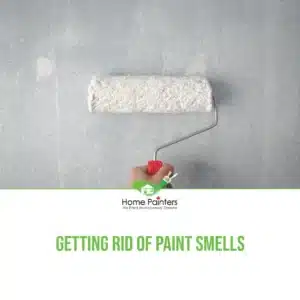
Have you ever had the urge to save some money and just go for the cheaper brand? We all have, right? The thing is when it comes to picking out your paint, it really pays off in the end to go for quality. And often times when you go for more high quality, that can mean it’s a little more expensive.
There are so many paint brands and lines to use. Whether you’re planning to do your own house painting or hiring someone as your painting contractor, it is critical to educate yourself on the difference between lower quality cheap paint and high quality paint. Doing so will save you time, money and spare you from the disappointment of an inferior paint job.
The Initial Savings Myth
Cheap paint lures in consumers with its seemingly unbeatable price tags. However, what the label fails to tell you is that the savings you make at the cash register could accumulate into renovation regrets. While it’s certainly appealing to get a gallon of paint at half the price of an expensive paint brand, the initial low cost belies the inefficiencies and problems that you might encounter downstream.
The Unseen Downgrades
Many consumers who opt for the budget-friendly paint brand do so without understanding what they’re compromising on. Here’s what those downgrades often include:
- High Dilution Rates: Cheaper paints often require multiple coats to achieve a smooth finish, which translates to more time and money spent covering surfaces.
- Lack of Durability: Inexpensive paints tend to scuff, chip, and wash away more easily, leading to a shortened lifespan of your beautifully painted walls or furniture.
- Volatile Organic Compounds (VOCs): Lesser paint quality types usually contain higher levels of VOCs, which can lead to unpleasant odours, as well as health issues for sensitive individuals.
Real Cost of Labour
Beyond the price of a can of paint, amateur painters may undervalue the cost of their time spent applying multiple coats. Time is money, and the hours spent touching up imperfections can quickly chip away at the initial savings.
Health Risks Posed by 'Bargain' Paints
Cheap paints can pose risks not just to the longevity of your design, but also to you and your family’s health. The lower price is often a result of the use of lower-quality, potentially toxic materials.
Volatile Organic Compounds
VOCs are emitted as gases from certain solids or liquids, many of which are conventional paint components. They have short- and long-term adverse health effects. The Environmental Protection Agency (EPA) lists a plethora of ailments that might be tied to VOC exposure, including:
- Eye, Nose, and Throat Irritation
- Headaches, Loss of Coordination, and Nausea
- Damage to Liver, Kidney, and Central Nervous System
- Some Organics Can Cause Cancer in Animals; Some Are Suspected or Known to Cause Cancer in Humans.
Safer Painting Practices
To counter the VOC issue, some tips can be followed:
- Opt for Low-VOC and No-VOC Paints: These have been engineered to reduce these emissions significantly, providing a safer indoor environment.
- Proper Ventilation: Open windows and use fans to ensure a constant flow of fresh air into the workspace.
- Wear Protective Gear: When painting, be sure to wear a mask, gloves, and protective clothing to minimize direct contact with the paint and its fumes.
The biggest differences between low quality and high quality paints
The best rated interior paints have better pigments. The most expensive pigment in paint is titanium dioxide, a very pure white powder. A quality pigment is small and more pure so it hides what’s underneath better. Cheap paints use pigments like clay and silica which are much larger, meaning you need more coats to hide old paint and imperfections.
Premium paints have better resins (also known as binders). This is what makes it stick better, more durable and longer lasting. They are also smaller which allows it to penetrate deeper which is especially important with wood surfaces.
Resins are the most expensive component in any paint and why cheap paints will skimp here. Resins are the binding agents in paint that creates a strong film which helps the pigments hold to surfaces. Cheap resins are larger and don’t penetrate surfaces as well, reducing its overall lifespan.
High quality paints have fewer solvents per gallon versus cheap paints. Fewer solvents (less water) means a thicker paint when dry which can dramatically affect the look.
Cheap VS. Expensive Acrylic Paint
Cheaper acrylic paints will have a higher concentration of acrylic polymer (which acts as a filler) and less pigment.
Most Expensive Acrylic Paint
- Liquitex is the go-to brand for students and artists who need quality paints at an outstanding value. All Liquitex paints use the highest-quality pigments. Their Basics line uses a lower concentration of pigment than what you’ll find in professional paints. This brings the price point down for beginners, but you still get pretty good vibrant colors.
- The set of 12 features all the basic colors to get you started: Primary Yellow, Cadmium Orange Hue, Alizarin Crimson Hue Permanent, Primary Red, Dioxazine Purple, Primary Blue, Phthalocyanine Green, Light Green Permanent, Burnt Sienna, Burnt Umber, Titanium White, and Mars Black. The paints have a medium viscosity that is highly versatile and easy to work with.
- Cheaper paints with low quality resins, pigments and more solvents means you’ll also need to do two coats. That means more time and more labour. Keep in mind that if you hire a professional painter that quotes you a very “low painting price” you can almost guarantee it comes with cheap paint.
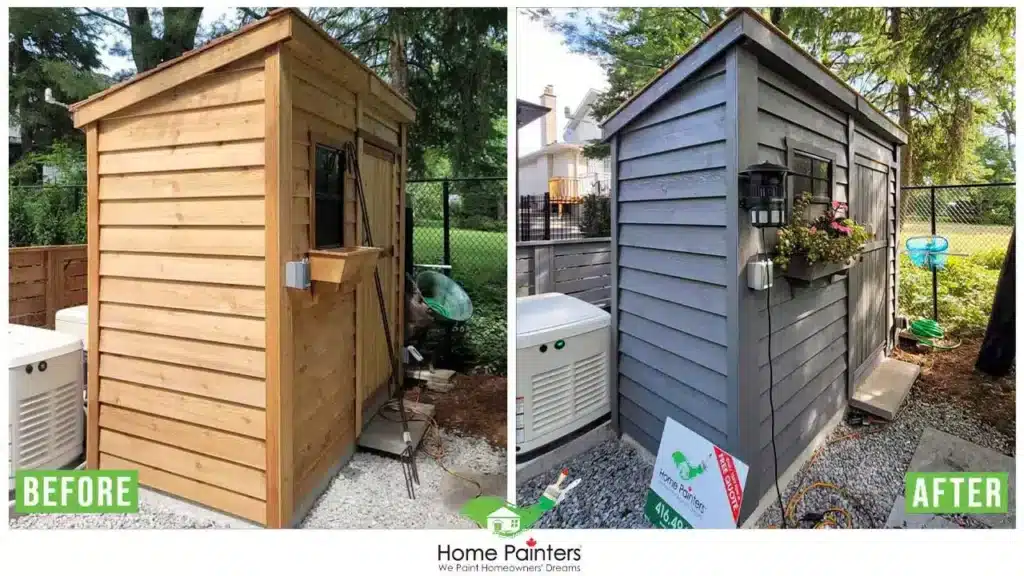
But here is the best cheap acrylic paint
Apple Barrel Acrylic Paint Set $0.02 price per ml
Acrylic Paint Set By Color Technik $0.02 price per ml
Castle Art Supplies Acrylic Paint Set $0.03 price per ml
Arteza Acrylic Paint Set $0.04 price per ml
Acrylic Paint Set By Benicci $0.08 price per ml
Best Acrylic Paint for Beginners
Many art supplies—including acrylic paints—come in two grades: professional (or artist) and student quality. The professional version of an acrylic paint brand is going to be the superior product; there will be more color offerings available, and the pigments will be more saturated and look better once applied.
Best Acrylic Paint for Professional Artists
The best acrylic paints can be a great choice for many artists. Acrylics are water-based paints that use acrylic polymers to bind pigments. They’re faster drying than oil paints and don’t require solvents, which makes them a convenient option that’s quick to set up and easier to get to grips with. They’re also very versatile, producing good results on a variety of surfaces.
And they’re suitable for any size artwork: the best acrylic paints make it easy to paint precise details on smaller pieces, while many ranges offer common colors in bigger tubes, making them suitable for large pieces.
1. Golden Professional Acrylics
Top choice as the best acrylic paint is Golden’s Professional Acrylics range. This is a high-quality acrylic with lots of body and strong pigmentation. There is also a large variety of colors available. It’s especially thick and holds brushstrokes well, but I also find it easy to mix and dilute at the same time. It’s also available in large quantities, making it a good option for big projects.
2. Liquitex Professional Heavy Body Acrylics
Liquitex’s professional range offers a fairly thick and versatile acrylic paint. It has a buttery texture that spreads smoothly on a variety of different surfaces, and covers well, not leaving any streakiness.
3. Winsor and Newton Professional Acrylics
Winsor and Newton’s professional range of acrylics offers solid quality acrylic paint that behaves in a predictable way. It has an even, smooth consistency, and readily mixes without any clumping or unevenness. I’ve found there to be very little colour shift as the paint dries too. This all makes the paint easy to work with.
4. Daler Rowney System 3 Acrylics
Daler Rowney’s System 3 is a good quality student-level range. It has a reasonably thick and smooth consistency which holds brushstrokes surprisingly well, though I found it doesn’t always have the best opacity. With the exception of the fluorescent colors, these paints use fairly lightfast pigments that are clearly labeled and works created with them should last well.
5. Pebeo Studio Acrylics
Pebeo’s studio acrylic has noticeably richer color and better opacity than most student acrylic ranges, with less of a change when it dries too. The paint is a little on the runny side, and I found it less able to hold brushstrokes because of this. It mixes and dilutes better than student paints though; thinning it out with water showed it diluted readily, with an even consistency.
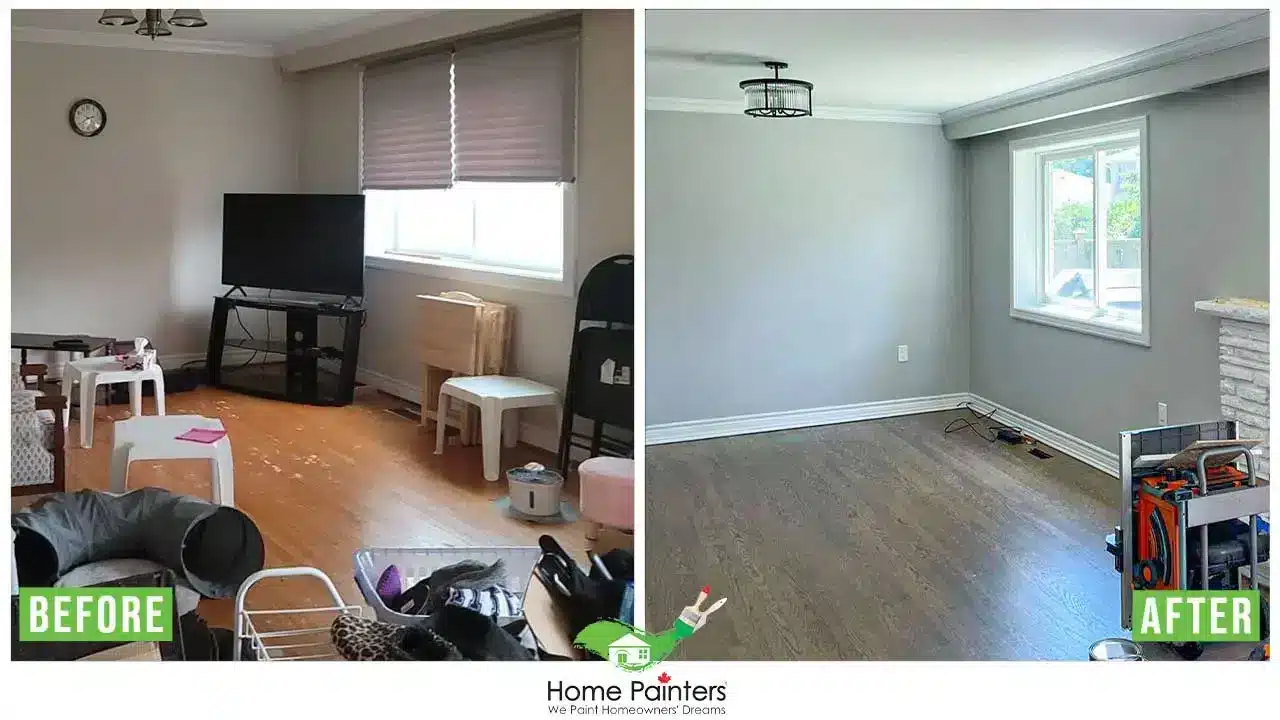
Some expensive high quality paints possess additives or 2-in-1 features that make things easier. that have primers mixed in which saves you one whole step. Others can have additives that minimize mildew and thickeners for a more thick and even coat.
Top rated interior house paints also offer that durability and staying power. Cheaper lower quality paints simply fade faster, which means you’ll be painting more often. Interior paints of higher quality resist scratches, stains as well as fading over time.
Save money by Using high quality paints!
Remember that even brand names produce both lower and high quality paints, so shopping by the logo is not a fool-proof way of avoiding cheap paints.
Going by price is also not a clear-cut strategy in singling out low quality paints. Paint companies employ teams of chemists to create their products. Even if paints had all their ingredients listed on the cans like food, it would still be a challenge to separate the good from the bad. It’s important to do your research, ask your friends and family and even head to your local paint store to test some out!
At Home Painters Toronto we understand the value of using only the top rated interior paints. We use only trusted brands including Benjamin Moore and Sherwin Williams. Our over 34 years of experience will help you pick the right paint for the right job!
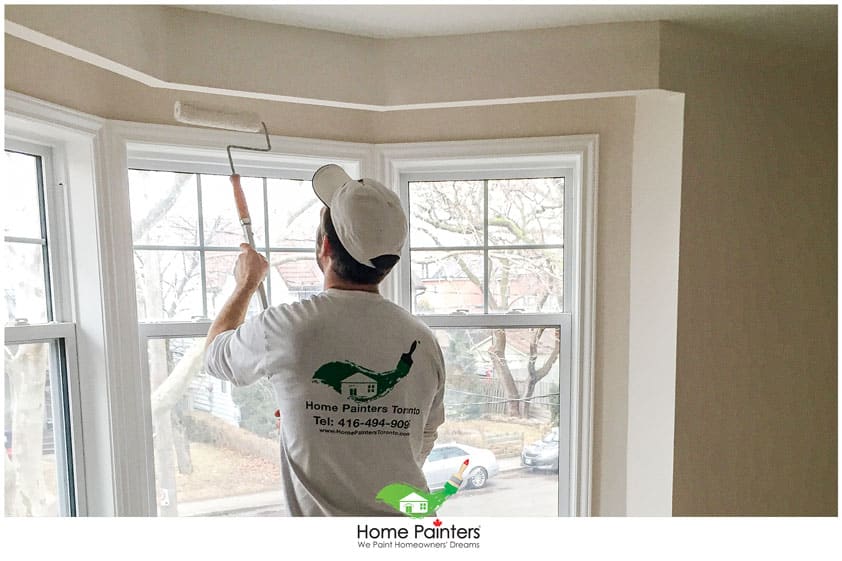
Perhaps consider professional painters to get the job done!
If you find yourself really unsure about the prospect of taking on interior painting or exterior painting on your own, why not not get some professional house painters in to do the work? There are so many advantages to think about.
Firstly, you’ll be guaranteed that they’ll use only the highest rated interior paints. They’ll go on super smooth and cleanly.
Secondly, pro painters almost always have the most tried and true painting techniques. So, whether you want something trendy and fresh, like a unique painting design or something more classic, interior home painters know how to get the job done!
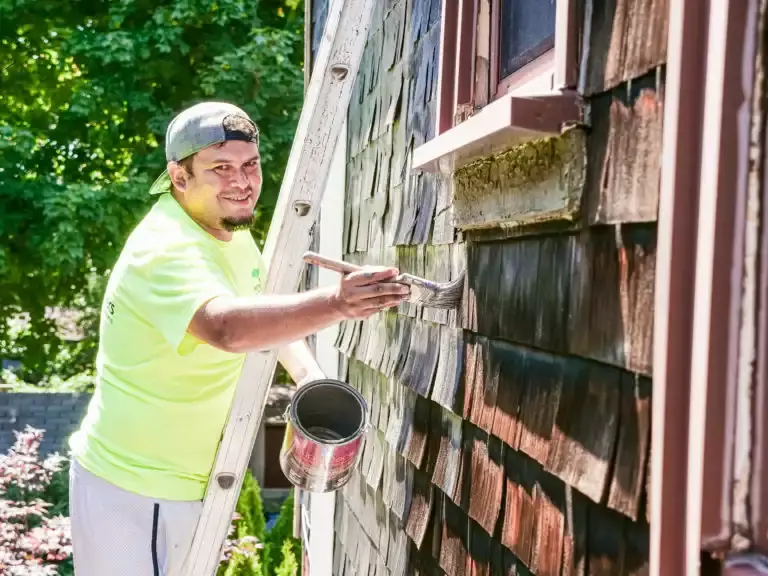
More Interesting Blogs Related to
“THE HIGH PRICE OF USING CHEAP PAINTS”
Looking to ensure the best quality possible when it comes to your interior painting or exterior painting needs? Allow our professional house painters to take it on!
Call 416.494.9095 or email us at [email protected] to schedule a no obligation, FREE in-home consultation and give your home the quality finish it deserves by a Toronto painting company who has been here and thriving for over 36 years. And don’t forget to follow us on our social media channels below!



